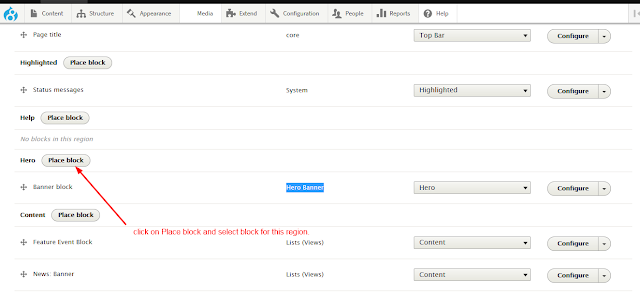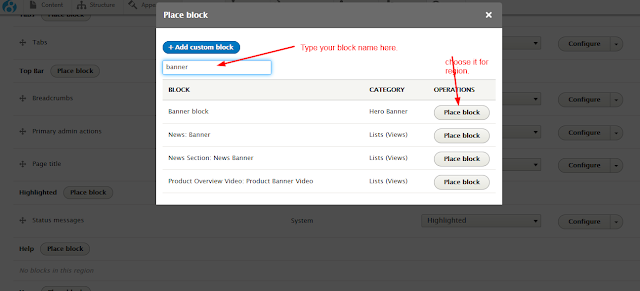Namespace: Namespace is a way of Organizing your classes into folder and ensure that your class does not conflict with another class with the same name because the class can be same but namespace will be unique.
Use Keyword: use keyword allows you to use classes from another namespaces when you need them.
Drupal 8 generally use PHP classes instead of functions. Two classes can have same name in different namespace. Namespace is way of organize the classes into folders and subfolders and the namespace as the path of the file.
If you will try the same name file with the same name in same folder, you will get the fetal error. but if you want to create the same name file then you have to create subfolder and put there.
Get the example of namespaces with create module.
1. Start the custom module with create directory name like 'testing'.
2. Now create 'info.yml' file. That file tells Drupal that your module exist and have some content/information.
The filename should be the machine name of your module with .info.yml extension, like testing is our module name so here name will be 'testing.info.yml'.
File content:
name: Testing
description: A custom module to build our Drupal 8 module
package: Custom
type: module
version: 1.0
core: 8.x
3. Some modules have controllers, plugins, forms, templates, test all are in src folder. So now we will create the src required folder.
4. Now we need a page controller for show the content output with these simple steps:
a. Create src folder.
b. now create Controller folder under the src folder.
c. within the Controller folder , create file with name of 'TestingController.php'.
In the 'TestingController.php' file we will print our short message for testing.
/**
* @file
* Contains \Drupal\testing\Controller\TestingController.
*/
namespace Drupal\testing\Controller;
use Drupal\Core\Controller\ControllerBase;
class TestingController extends ControllerBase {
public function content() {
return array(
'#type' => 'markup',
'#markup' => t('Hello, we are here for testing.'),
);
}
}
Here the namespace has been defined as Drupal\testing\Controller. We will not here use full folder structure like -> Drupal\modules\testing\src\Controller
here modules\src is silent from namespace and Drupal automatically mapped with namespace src folder, so that we have to follow standard folder structure of modules.
If we have to use TestingController class in different namespace then we have to include with 'use keyword' as its namespace -> use Drupal\testing\Controller\TestingController;
TestingController is extending another class called ControllerBase. So for get the classes, include ControllerBase with use statement -> use Drupal\Core\Controller\ControllerBase;
If use statement are not included then PHP will looking for ControllerBase and gives error.
"So use statement allows you to use classes from another namespace."
5. Now we have to create important file with name of 'routing.yml'. here the name will be 'testing.routing.yml' that will create in custom module root.
testing.content:
path: '/testing'
defaults:
_controller: 'Drupal\testing\Controller\TestingController::content'
_title: 'Hello Tester'
requirements:
_permission: 'access content'
so now enable the module and clear the cache then go with the path '/testing' and get the output form controller.
Note: What is Namespace and Use keyword in drupal 8 module?
Use Keyword: use keyword allows you to use classes from another namespaces when you need them.
Drupal 8 generally use PHP classes instead of functions. Two classes can have same name in different namespace. Namespace is way of organize the classes into folders and subfolders and the namespace as the path of the file.
If you will try the same name file with the same name in same folder, you will get the fetal error. but if you want to create the same name file then you have to create subfolder and put there.
Get the example of namespaces with create module.
1. Start the custom module with create directory name like 'testing'.
2. Now create 'info.yml' file. That file tells Drupal that your module exist and have some content/information.
The filename should be the machine name of your module with .info.yml extension, like testing is our module name so here name will be 'testing.info.yml'.
File content:
name: Testing
description: A custom module to build our Drupal 8 module
package: Custom
type: module
version: 1.0
core: 8.x
3. Some modules have controllers, plugins, forms, templates, test all are in src folder. So now we will create the src required folder.
4. Now we need a page controller for show the content output with these simple steps:
a. Create src folder.
b. now create Controller folder under the src folder.
c. within the Controller folder , create file with name of 'TestingController.php'.
In the 'TestingController.php' file we will print our short message for testing.
/**
* @file
* Contains \Drupal\testing\Controller\TestingController.
*/
namespace Drupal\testing\Controller;
use Drupal\Core\Controller\ControllerBase;
class TestingController extends ControllerBase {
public function content() {
return array(
'#type' => 'markup',
'#markup' => t('Hello, we are here for testing.'),
);
}
}
Here the namespace has been defined as Drupal\testing\Controller. We will not here use full folder structure like -> Drupal\modules\testing\src\Controller
here modules\src is silent from namespace and Drupal automatically mapped with namespace src folder, so that we have to follow standard folder structure of modules.
If we have to use TestingController class in different namespace then we have to include with 'use keyword' as its namespace -> use Drupal\testing\Controller\TestingController;
TestingController is extending another class called ControllerBase. So for get the classes, include ControllerBase with use statement -> use Drupal\Core\Controller\ControllerBase;
If use statement are not included then PHP will looking for ControllerBase and gives error.
"So use statement allows you to use classes from another namespace."
5. Now we have to create important file with name of 'routing.yml'. here the name will be 'testing.routing.yml' that will create in custom module root.
testing.content:
path: '/testing'
defaults:
_controller: 'Drupal\testing\Controller\TestingController::content'
_title: 'Hello Tester'
requirements:
_permission: 'access content'
so now enable the module and clear the cache then go with the path '/testing' and get the output form controller.
Note: What is Namespace and Use keyword in drupal 8 module?




